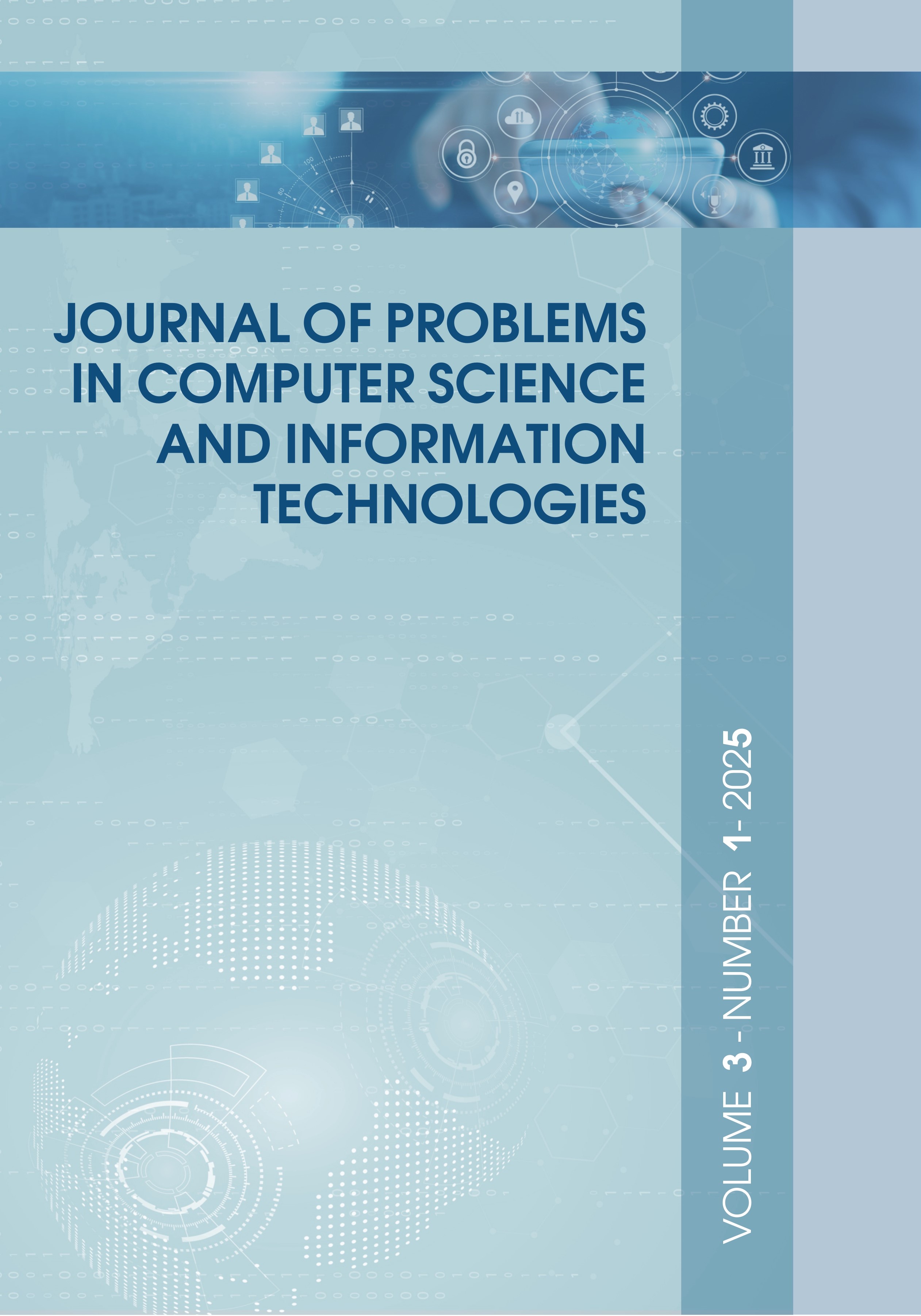DEVELOPMENT OF A DEEP LEARNING MODEL FOR FORECASTING AND OPTIMIZING RIDE-SHARING ROUTES
DOI:
https://doi.org/10.26577/jpcsit20253106Keywords:
Trip Forecasting, Ride-Sharing, Machine Learning, Deep Learning, SimpleRNN, Long Short-Term Memory, Gated Recurrent UnitAbstract
The study investigates the potential use of machine learning (ML) technologies, including Recurrent Neural Networks (RNNs), in ride-sharing and urban mobility optimization. Advanced deep learning (DL) models can solve growing challenges in urban areas, such as road safety, environmental pollution, and traffic congestion. Three different RNN architectures (SimpleRNN, LSTM, GRU) are compared to predict trips with their pickup and drop-off points. According to the assessment metrics, GRU shows better results in terms of Mean Haversine Distance (6.450 km) than SimpleRNN (7.156 km) and LSTM (6.569 km). Moreover, the GRU model surpasses other models in other indicators, such as MSE (0.0010) and MAE (0.0211). In addition, OSRM API is used to build routes between predicted pickup and drop-off points, as well as to optimize ride-sharing routes using real-time geographic data. The study highlights that ML approaches, in particular DL, can be used to solve problems related to urban mobility by improving transport efficiency and reducing traffic. The study results provide recommendations for developing urban transport systems using data-driven approaches to enhance ride-sharing opportunities.







